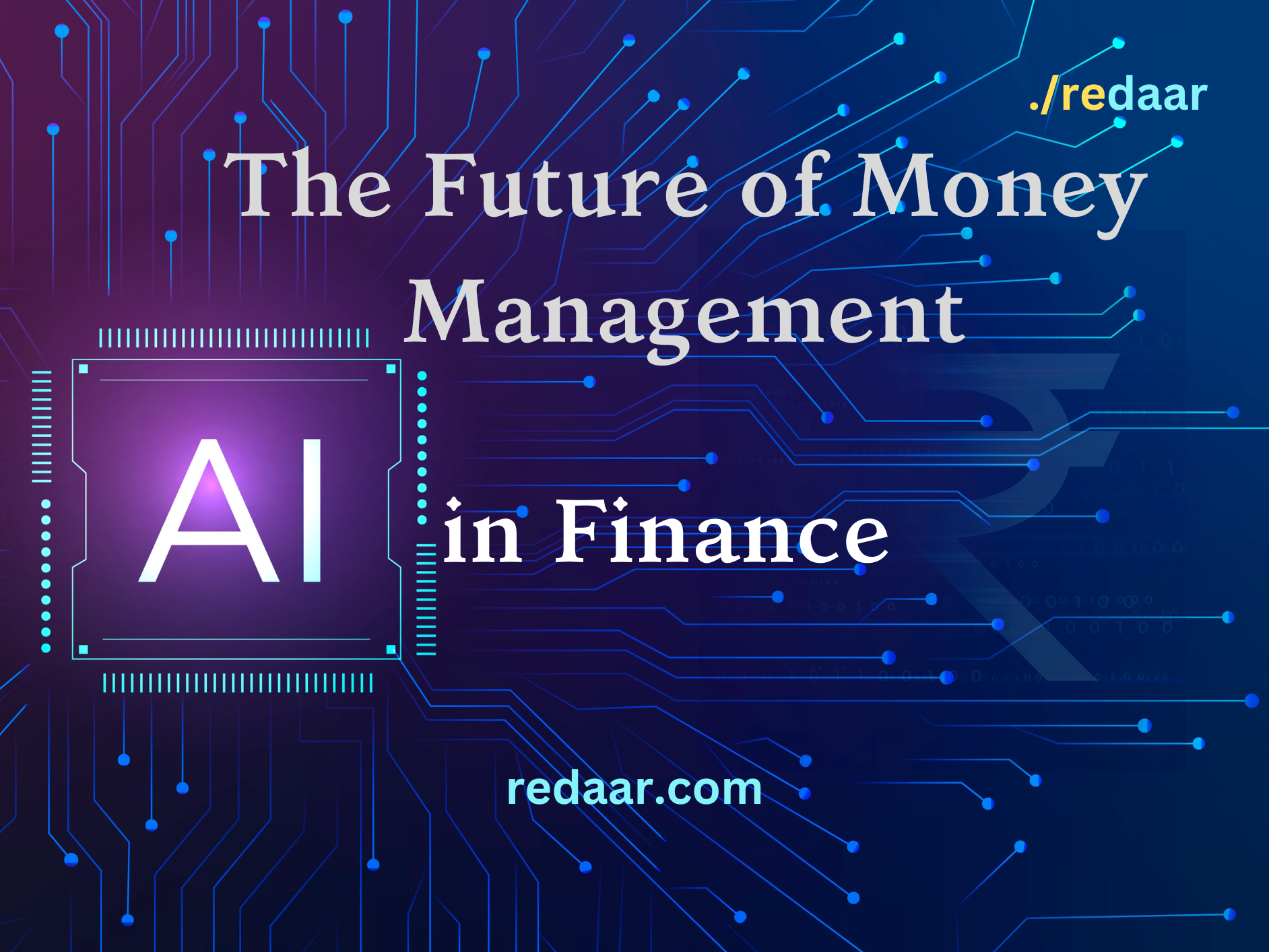Globally, industries are being transformed by artificial intelligence (AI), and the banking sector is no exception. A new era of efficiency, precision, and innovation has begun as a result of the integration of AI in banking.
Artificial intelligence (AI) in finance helps drive insights for data analytics, performance measurement, predictions, and forecasting. This article goes into the area of artificial intelligence in finance, examining its many uses, benefits, and potential drawbacks.
AI in Investment Management
Investment management has been greatly impacted by AI. To make data-driven investing decisions, hedge funds, asset management companies, and individual investors are leveraging the capabilities of AI. Insights that humans alone are unable to match are provided by AI-driven computers that analyze enormous volumes of financial data, market patterns, and news in real-time.
Algorithmic Trading: High-frequency trading techniques are carried out by AI-driven algorithms depending on current market conditions, improving trading procedures and reducing risks.
Robo-Advisors: These AI-powered solutions provide automated portfolio management and individualized financial guidance based on each user’s risk appetite and financial objectives.
Predictive Analytics: AI models can forecast market trends, spot anomalies, and offer insightful data to traders and investors.
Fraud Detection and Security
In the banking sector, AI is essential for improving security and fraud detection. Banks and other financial institutions can protect their customers’ funds by using AI algorithms to spot unusual transaction patterns and alert them to possibly fraudulent activity.
Transaction Monitoring: The risk of fraudulent operations is decreased by AI’s constant monitoring of transactions and identification of anomalous trends.
Identity Verification: Customers’ identities are verified using facial recognition and biometric authentication, which increases the security of transactions.
Cybersecurity: AI is used to identify and reduce cybersecurity threats, protecting private financial information.
Customer Service and Chatbots
Finance customer care is being revolutionized by AI-powered chatbots and virtual assistants. These sophisticated technologies can respond to consumer inquiries quickly and individually, enhancing the entire customer experience.
24/7 Support: Customers can get round-the-clock support from chatbots by using them to answer questions, complete transactions, and provide information.
Personalization: AI examines consumer data to provide specialized financial and product advice.
Efficiency: Chatbots automate customer support processes, cutting down on response times and overhead.
Credit Scoring and Risk Assessment
AI is being added to conventional credit scoring algorithms to increase accuracy and inclusion. AI evaluates a wider variety of data points, giving a more thorough picture of a person’s creditworthiness.
Alternative Data: AI assesses credit risk for those with short credit histories by analyzing non-traditional data sources including social media activity and online conduct.
Dynamic Scoring: AI enables real-time risk assessment by continuously updating credit scores based on shifting financial behaviour.
Fraud Detection: Artificial intelligence (AI) algorithms can spot potentially fraudulent credit and loan applications.
Regulatory Compliance
In the banking sector, AI streamlines regulatory compliance procedures. Complex regulations must be followed by financial organizations, and AI can help to make sure that all requirements are completed.
AML (Anti-Money Laundering) and KYC (Know Your Customer): Artificial intelligence (AI) automates the monitoring of transactions and customer profiles to find suspicious activity and guarantee AML and KYC compliance.
Risk Assessment: AI assists in evaluating and managing compliance risks, which lowers the probability of regulatory infractions.
Asset and Wealth Management
In order to provide their clients more complex investment strategies and individualized services, wealth management companies are increasingly turning to AI.
Portfolio Optimization: For the creation of personalized investment portfolios, AI examines the financial objectives and risk tolerance of clients.
Market Predictions: To make wise investing judgments, AI algorithms examine market patterns, news mood, and economic factors.
Challenges and Ethical Considerations
Although AI has many advantages in finance, there are obstacles to overcome and ethical issues to take into account:
Data Privacy: Although AI has many advantages in finance, there are obstacles to overcome and ethical issues to take into account.
Bias: Biases inherent in training data might be inherited by AI systems, producing unfair or biased results.
Regulation: Regulators must stay up with technology as AI is increasingly incorporated into the financial sector to ensure appropriate use.
Job Displacement: The industry may experience job displacement as a result of the automation of some financial processes.
By increasing decision-making, enhancing security, and offering individualized services, AI is transforming the banking sector. Applications include everything from customer service to regulatory compliance and financial management. The potential advantages of AI in finance are apparent, despite obstacles and ethical issues.
The financial sector must adapt as technology develops in order to take full advantage of AI while managing the issues that come with it. The use of AI in finance not only signifies a technological advancement but also a change in how we handle, invest, and use cash in the digital age.
Keep following Redaar to be upto date with technology, health and finance information.

